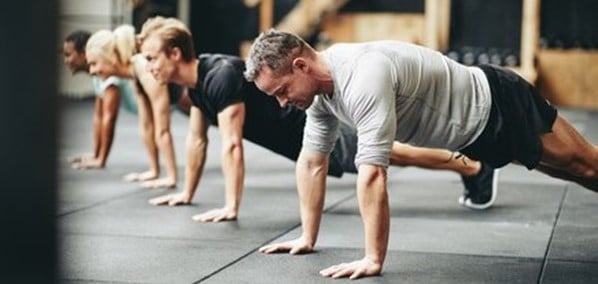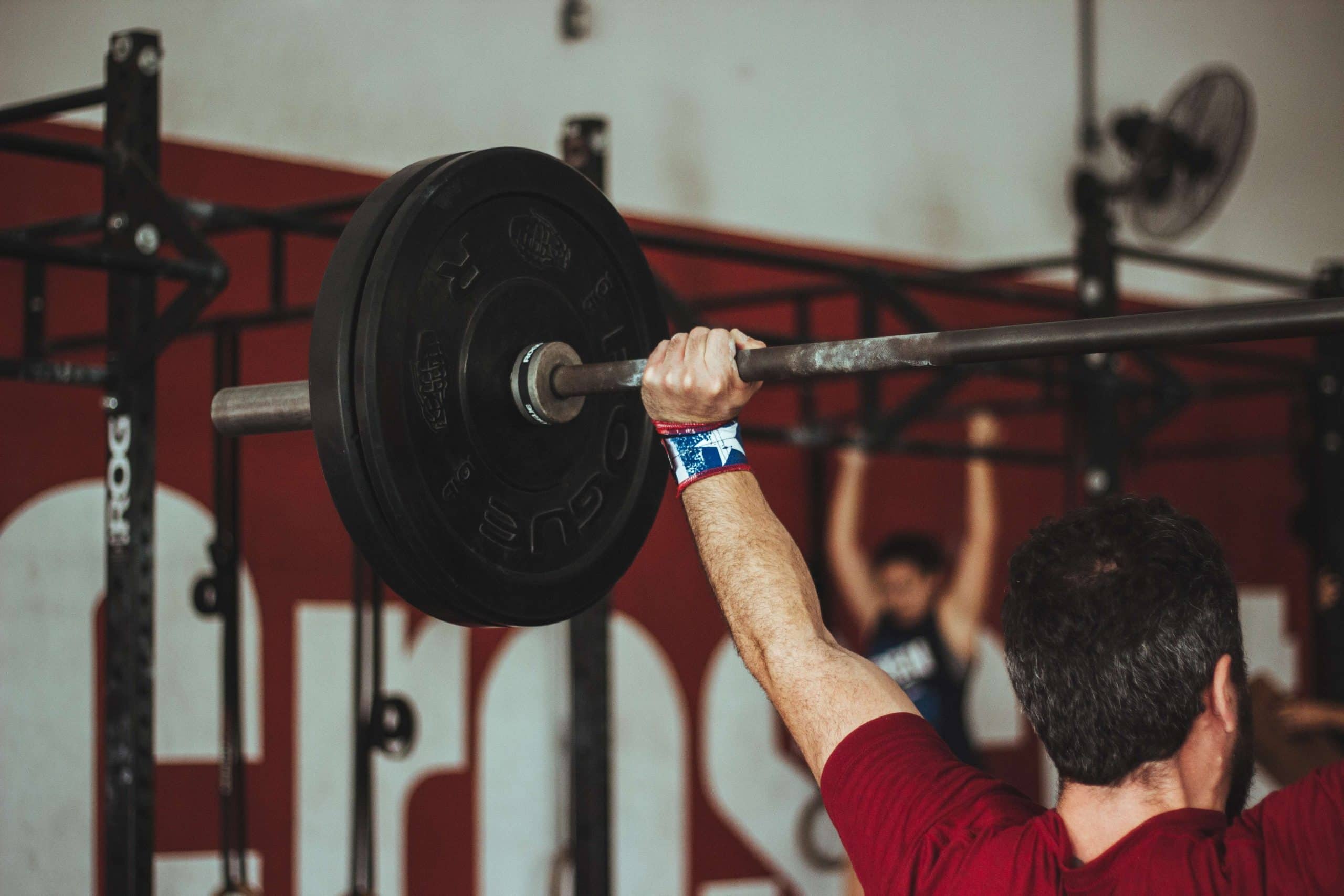Blog
ONLINE TRAINING
EXPERT TRAINERS
STUDY AT YOUR PACE
7 DAY SUPPORT

Can I lose fat and gain muscles at the same time?
Sometimes when people lose weight, they lose muscle mass too. This is called weight-loss-induced muscle loss and can put you at risk of developing sarcopenia, a condition that is associated with low amounts of muscle and reduced muscle function.
If you take action to preserve your lean muscle mass while dropping your excess kilos, this creates a different set of challenges. For example, it can be harder to track your progress because the numbers on the scale won’t necessarily change, even if your body shape does.
Usually, beginners respond quickly and efficiently to both, strength and cardio training. A similar effect has been shown when you have previously built muscle but stopped for some time. It’s easier for you to rebuild that muscle because your muscles “remember”.

If you are an average exerciser who wants to improve your balance of fat and muscle, you can lose fat while strengthening your lean body tissue over time. In fact, if you’re a beginner, you are likely to get the greatest benefits of both, fat loss and muscle gain.
If you’re an advanced exerciser or bodybuilder looking to gain large amounts of muscle while also losing large amounts of fat, you may find this challenging because those goals often conflict with one another.
Why? – Building muscle requires eating more calories than you burn. Losing fat requires eating fewer calories than you burn. When you’re at a calorie deficit, you can lose fat, however your muscles are not getting the fuel they need to grow.

A few tips that can help you reaching your goal in finding the right balance between fat loss and muscle gain:
- Incorporating cardio and strength training: Include a combination of cardio and strength training within your exercise regime, whether you’re a beginner or a more experienced exerciser. Cardio training with no strength training can compromise your muscle mass. But strength training however can compromise your fat loss.
- Base your exercise on your goals: Even though you will include cardio and strength elements in your training, you don’t need to prioritize both. If you’re a marathon runner, you would focus on cardiovascular endurance. If you’re a bodybuilder, you would focus on muscle growth. For beginner or average exerciser, having a balance between the two is the best way to maximize fat loss while preserving muscle mass.
- Have a good balanced diet: You can follow the Australian Dietary Guidelines or benefit from seeking guidance of a qualified nutritionist to help you come up with an eating plan to meet your goals. In most cases, the nutrition professional can help you devise a menu that allows you to eat foods you love but still get the nutrition you need to lose fat while weight training.
- Have enough recovery time: If you are overtraining or not giving your body enough rest can have an impact on your muscle gain, weight loss and can increase the risk of injuries. Overtraining can occur to both beginning exercisers and athletes alike. If you feel your workout performance is declining or feel fatigued, take a day or two off. You may also benefit from adjusting the recovery times between your exercise sets.
While it is possible to lose some muscle mass while trying to lose weight, it’s important to keep your overall health in mind when it comes to diet and exercise. As long as you eat healthy foods and don’t underdo or overdo it in the gym (or at home), the amount of muscle you lose will likely be minimal.
Australian College of Fitness and Personal Training
PO BOX 15367, CITY EAST QLD 4002Registered Training Organisation Number: 45361
